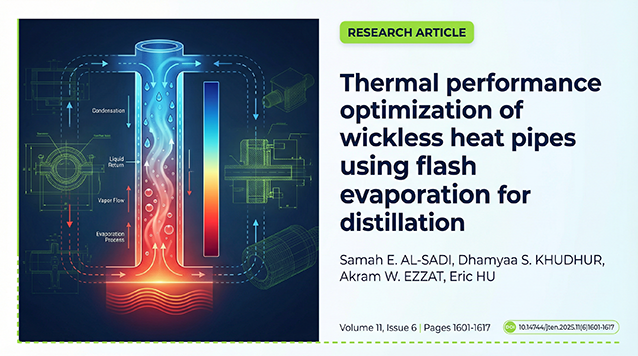Abstract
In this study, pollutant gas emissions and combustion efficiency of LPG fuel burning in a steam boiler were investigated experimentally and compared with the diesel fuel-based results. Designed and manufactured of a new tangential swirl burner, and used for gaseous fuel combustion (LPG) in the boiler that was already designed to be operated with liquid fuel (diesel). The study involves conducting experiments using a broad range of equivalence ratios (Φ) and with three different diameter ratios (dr = 1/10, 1/15, and 1/20) (diameter ratios = The variable diameter of the burner is compared against the fixed diameter of the boiler). The volumetric ratios of CO2, CO as well as the HC content in the exhausted gases are measured and the boiler efficiency is predicted. The obtained results revealed that the replacement of the liquid fuel burner with the tangential swirl gas (LPG) burner is simple, inexpensive, and had no negative effect on the other parts of the boiler. In addition, the lowest pollutant gas concentrations detected in the exhausted gases and the highest boiler efficiency are obtained with a diameter ratio of 1/10. In comparison with diesel fuel combustion, the LPG fuel offered the cleanest combustion at Φ approaching 1 and above, required less O2 for complete combustion, and had the least HC content in the exhaust gases at the lean mixing area. Finally, the boiler efficiency operating with LPG fuel was higher than that obtained with diesel fuel for all equivalence ratios.























